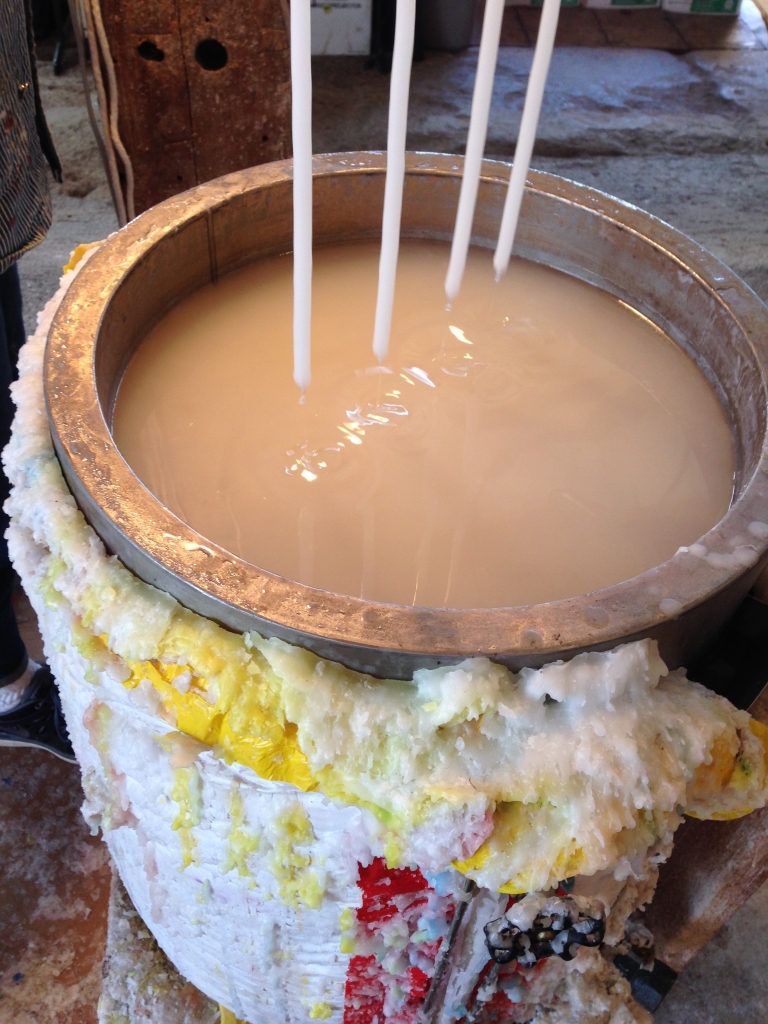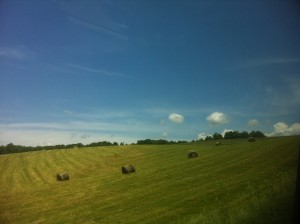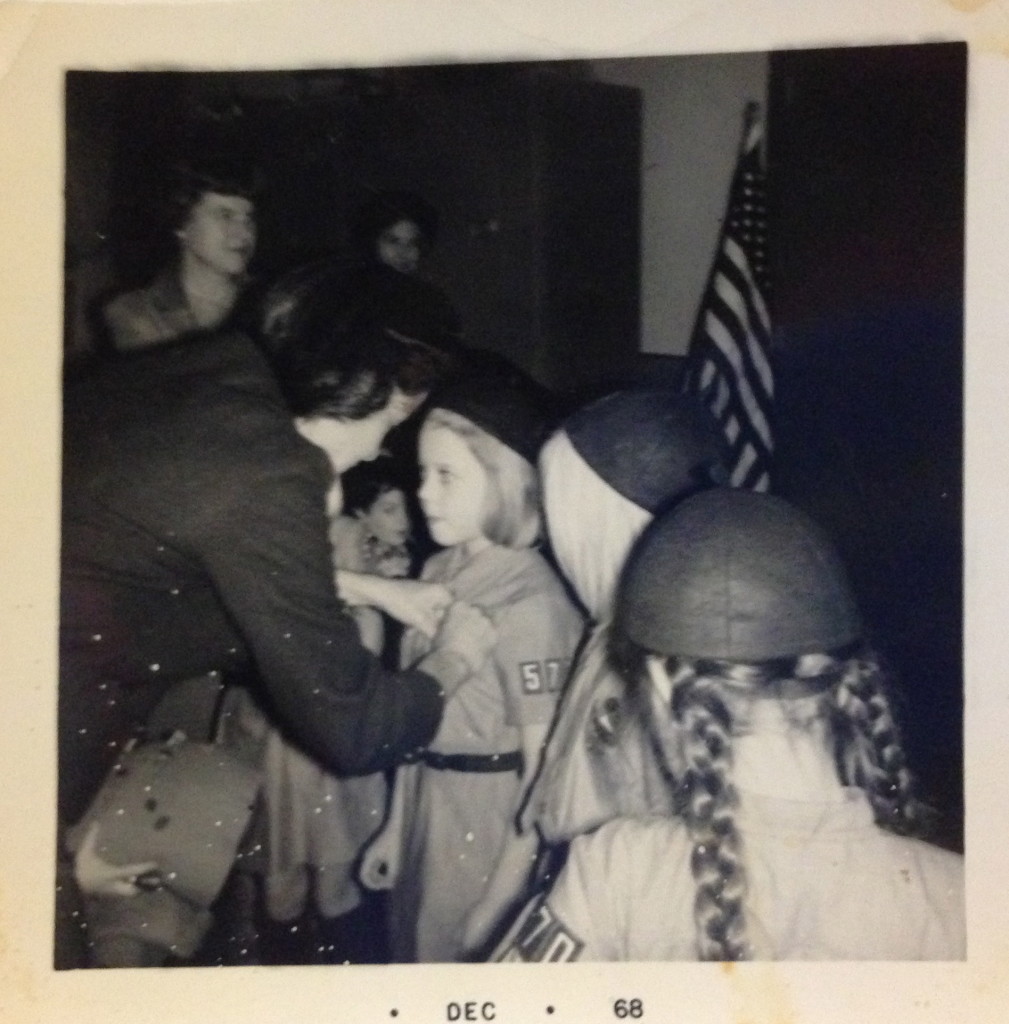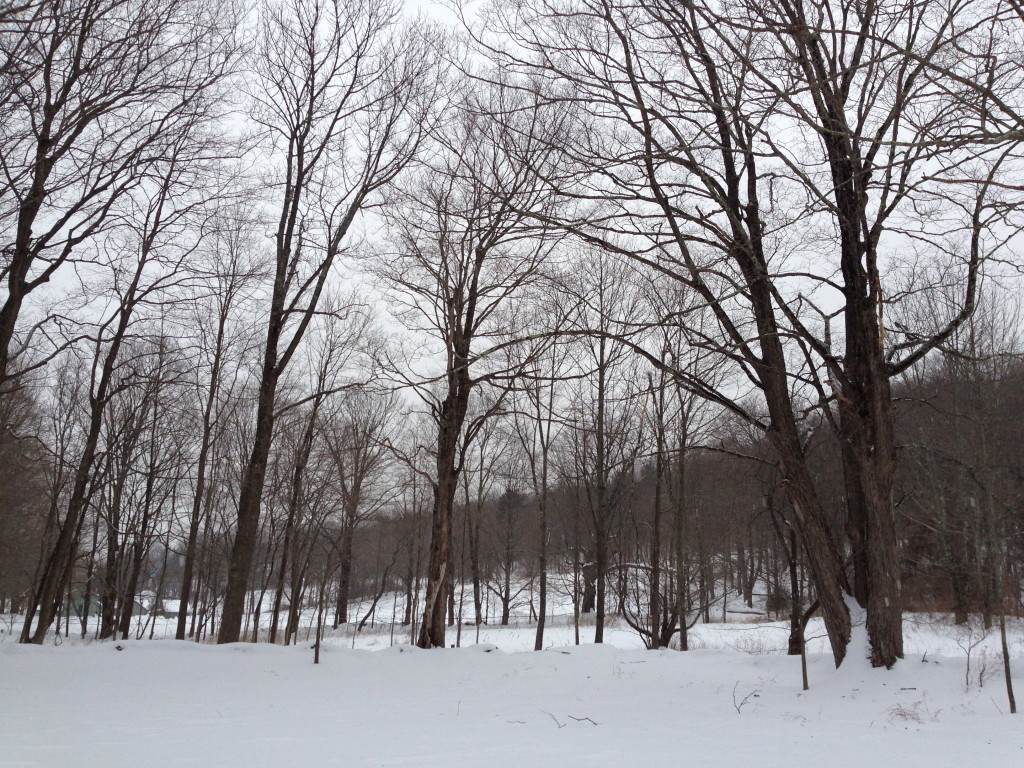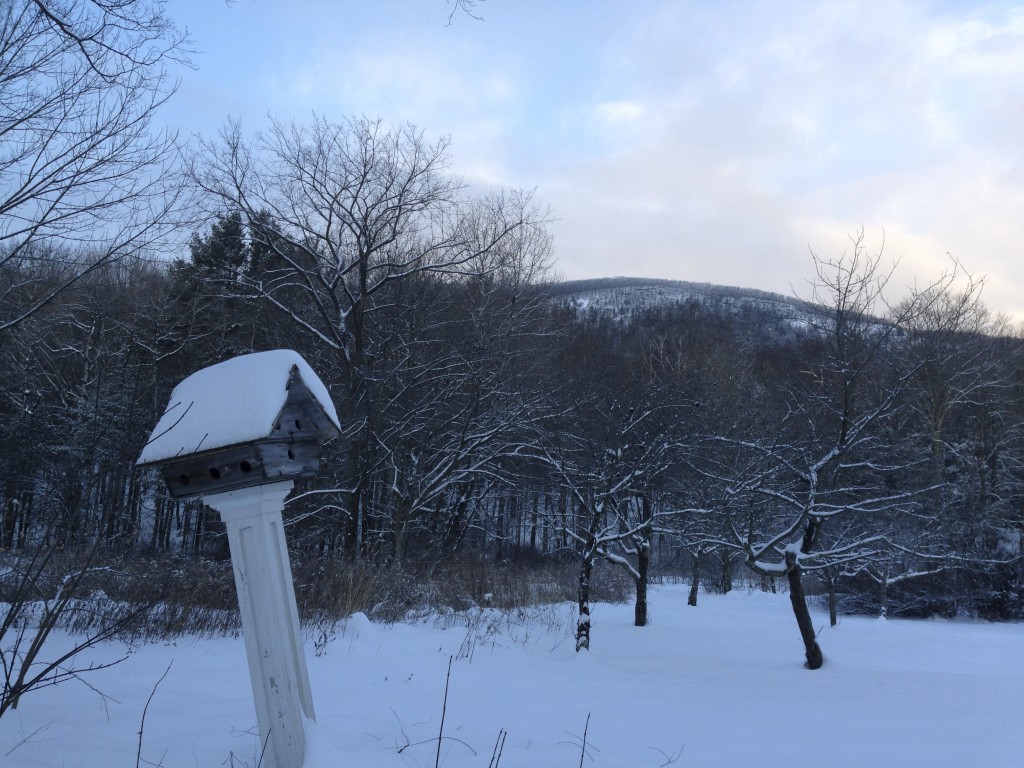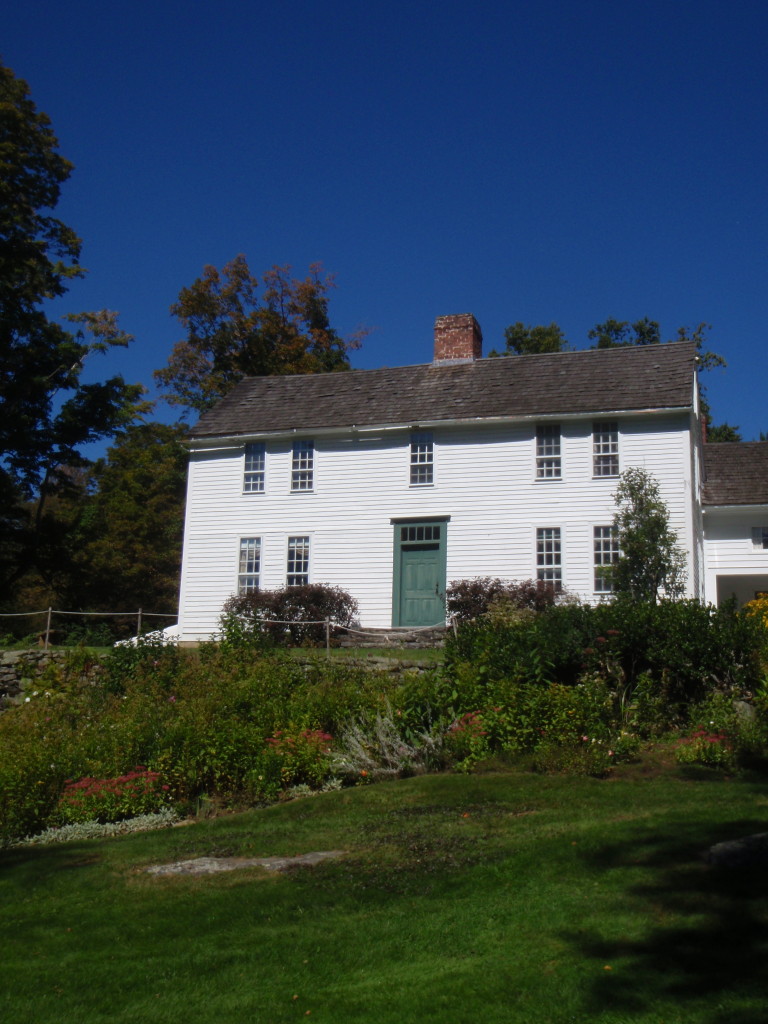“Astonishes the grass”
The Dandelion's pallid Tube
Astonishes the Grass -
And Winter instantly becomes
An infinite Alas –
The tube uplifts a signal Bud
And then a shouting Flower --
The Proclamation of the Suns
That sepulture is o'er -
Emily Dickinson, 1881
What if the dandelion heralded the same respect as the tulip or dahlia, commanded high prices, and could only be purchased at select nurseries? Would it be more highly regarded if it cost more, rather than arrived on lawns and byways for free? Every year, I am astonished by the number of people that vehemently detest the dandelion and seek to eradicate it by any means necessary.

Our lawn, shall we say, is ‘littered with” dandelions, plantain, violets of all types, and clover, just to name a few. Yet when we moved here 11 years ago, the lawn was a wasteland of pure grass, with nature’s bounty obliterated by the indiscriminate use of herbicides and pesticides. Slowly, we have cultivated a variegated spring crop of wildflowers and now watch the bees and other pollinators relish in them. We take cues from the bees, and happily gather the plants, adding them into our diet, since all four of the plants identified above are edible and provide nourishment.

One should not partake of dandelion wine or greens, make an infusion with the dainty violet flowers, add young plantain leaves to your spring salad or munch a ripe pink clover from the field, if herbicides or pesticides have been applied.
“Humans are transforming Earth’s natural landscapes so dramatically that as many as one million plant and animal species are now at risk of extinction, posing a dire threat to ecosystems that people all over the world depend on for their survival, a sweeping new United Nations assessment has concluded.”
If one has any doubt about the effects of man and his man-made chemicals on the natural world, the New York Times recently published an analysis of a study done by the IPBES (Intergovernmental Science-Policy on Biodiversity and Ecosystem Services; www.ipbes.net) that brings clear evidence to our dire situation:

Thoreau noted in his journal on May 9, 1858, “A dandelion perfectly gone to seed, a complete globe, a system in itself.” Why not, for the good of the globe, let those dandelions grow, feeding the pollinators and yourself, let it go to seed and then rejoice in what grows naturally around you?
——————————————————————————-
Emily Dicksinson, The Poems of Emily Dickinson, edited by R. W. Franklin (Cambridge: The Belknap Press of Harvard University Press), pgs. 577-78.
Brad Plumer, “Humans are Speeding Extinction and Altering the Natural World at an ‘UnprecedentedPace,” The New York Times, accessed on 5/9/2019.
Henry David Thoreau, The Journal 1837-1861, (New York; The New York Review of Books, 2009), pg. 495.
——————————————————————————–
Selected favorite books on foraging, plants and herbs:
Katrina Blair, The Wild Wisdom of Weeds 13 Essential Plants for Human Survival, Chelsea Green Publishing, Vermont, 2014.
Steven Foster and James A. Duke, A Field Guide to Medicinal plants: Eastern/Central North America, Houghton Mifflin Company, New York, 1990.
Euell Gibbons, Staking the Wild Asparagus, David McKay Company, Inc., New York, 1962.
Rosemary Gladstar, Rosemary Gladstar’s Medicinal Herbs: A Beginner’s Guide, Storey Publishing, North Adams, 2012.
NOTE: Elizabeth Kolbert writes about the IPBES report in the most recent New Yorker. Here is a link to the podcast: https://www.newyorker.com/podcast/comment/last-chances
